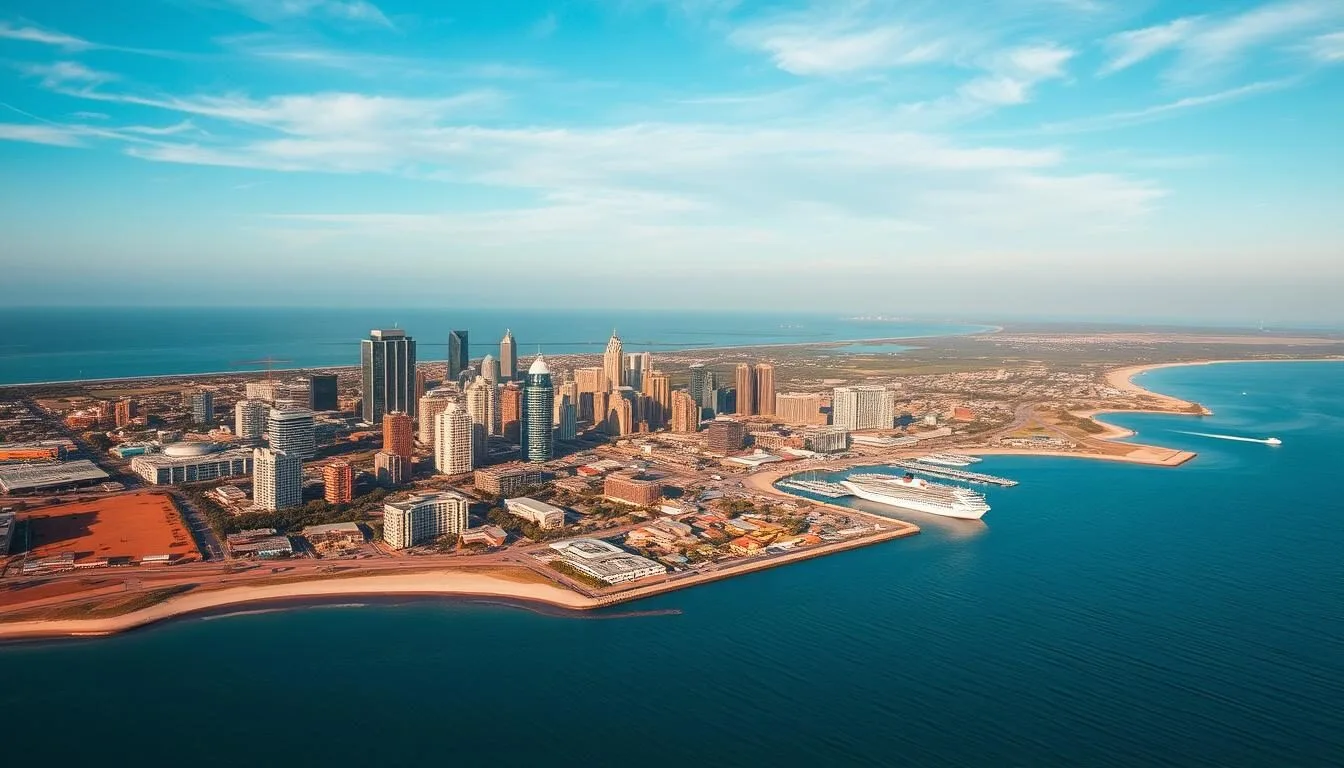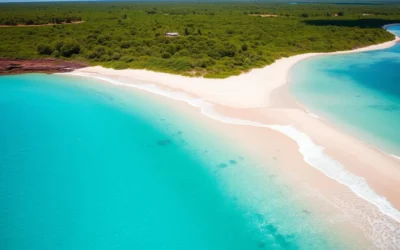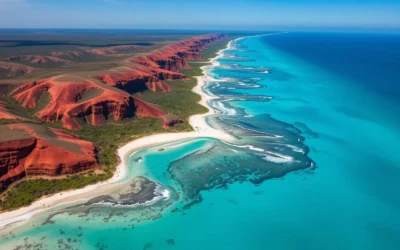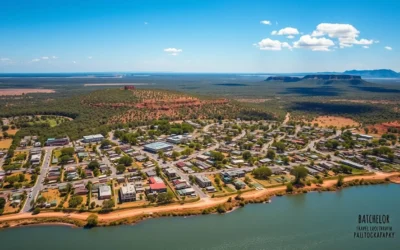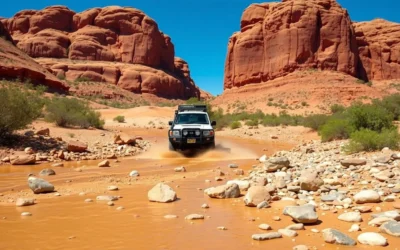Did you know that Darwin experiences more thunderstorms than any other Australian city, with an average of 80 spectacular lightning shows each year? This tropical capital of Australia’s Northern Territory operates on a completely different weather calendar than the rest of the country, with just two distinct seasons instead of four. While southern Australia shivers through winter, Darwin basks in perfect 30°C (86°F) sunny days, making it the ultimate destination for those seeking to escape the cold. Understanding Darwin’s unique climate patterns is essential for planning a trip that maximizes comfort and allows you to experience the region’s breathtaking natural beauty at its best.
Getting There & Planning Your Journey
Darwin International Airport serves as the gateway to Australia’s Top End, with direct flights from major Australian cities including Sydney, Melbourne, Brisbane, and Perth. International travelers typically connect through these hubs. Flight times range from 3 hours (from Perth) to 4.5 hours (from Sydney and Melbourne), making Darwin surprisingly accessible despite its remote location.
When planning your journey, consider that Darwin’s weather significantly impacts the travel experience. The dry season (May-October) sees higher tourist numbers and accommodation prices, while the wet season (November-April) offers lush landscapes but potential flooding and road closures. Booking 3-6 months in advance is recommended for dry season visits, while wet season travelers can often find last-minute deals.
Best Time to Visit & Weather Tips
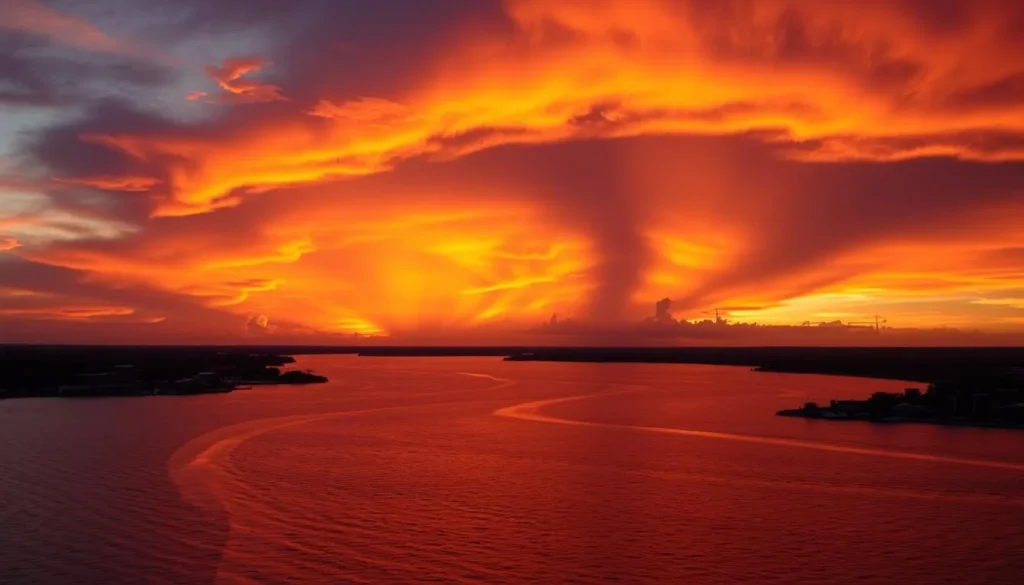
Darwin’s tropical climate is divided into just two distinct seasons: the Dry (May-October) and the Wet (November-April). Unlike southern Australia’s four seasons, Darwin’s weather patterns are dictated by monsoon cycles that dramatically transform the landscape throughout the year.
Darwin’s Two-Season Climate
The Dry Season (May-October) brings clear blue skies, comfortable temperatures between 21°C and 32°C (70°F to 90°F), and low humidity levels of 20-35%. This period sees almost no rainfall, making it ideal for outdoor activities and exploration.
The Wet Season (November-April), also known as the “Tropical Summer,” delivers spectacular electrical storms, vibrant green landscapes, and flowing waterfalls. Temperatures remain similar to the Dry at 25°C to 33°C (77°F to 91°F), but humidity soars above 80%, and average rainfall reaches 1,570mm (62″). January is typically the wettest month with approximately 429mm (17″) of rain.
| Month | Weather | What to Wear | Things to Do | Pros & Cons |
| January | 33°C/25°C (91°F/77°F) 429mm (17″) rain 80% humidity |
Lightweight, quick-dry clothing Rain jacket Waterproof footwear |
Scenic flights over waterfalls Museum visits Indoor attractions |
✅ Lush landscapes ✅ Fewer tourists ❌ Extreme humidity ❌ Limited access to parks |
| February | 32°C/25°C (90°F/77°F) 360mm (14″) rain 85% humidity |
Lightweight, quick-dry clothing Rain jacket Waterproof footwear |
Helicopter tours Art galleries Museum visits |
✅ Green landscapes ✅ Lower prices ❌ Heavy rainfall ❌ Some roads closed |
| March | 32°C/24°C (90°F/75°F) 320mm (12.5″) rain 80% humidity |
Lightweight, quick-dry clothing Rain jacket Waterproof footwear |
Cultural museums Crocosaurus Cove Harbor cruises |
✅ Waterfalls flowing ✅ Fewer crowds ❌ High humidity ❌ Limited outdoor activities |
| April | 33°C/24°C (91°F/75°F) 100mm (4″) rain 65% humidity |
Lightweight clothing Light rain jacket Hat and sunscreen |
Mindil Beach Sunset Markets Fishing charters Museum visits |
✅ Transition season ✅ Some parks reopening ❌ Occasional heavy rain ❌ Unpredictable weather |
| May | 32°C/22°C (90°F/72°F) 20mm (0.8″) rain 40% humidity |
Light clothing Hat and sunscreen Light jacket for evenings |
Litchfield National Park Mindil Beach Sunset Markets Harbor cruises |
✅ Perfect weather ✅ Most attractions open ✅ Low humidity ❌ Increasing tourist numbers |
| June | 30°C/20°C (86°F/68°F) 2mm (0.1″) rain 30% humidity |
Light clothing Light jacket for evenings Hat and sunscreen |
Kakadu National Park Barunga Festival Outdoor dining |
✅ Perfect weather ✅ All attractions open ✅ Low humidity ❌ Peak tourist season ❌ Higher prices |
| July | 30°C/19°C (86°F/66°F) 1mm (0.04″) rain 30% humidity |
Light clothing Light jacket for evenings Hat and sunscreen |
Darwin Show V8 Supercars Kakadu National Park |
✅ Perfect weather ✅ All attractions open ✅ Low humidity ❌ Peak tourist season ❌ Higher prices |
| August | 31°C/20°C (88°F/68°F) 5mm (0.2″) rain 35% humidity |
Light clothing Hat and sunscreen |
Darwin Festival Mindil Beach Sunset Markets Outdoor activities |
✅ Perfect weather ✅ Festival season ✅ Low humidity ❌ Peak tourist season ❌ Higher prices |
| September | 32°C/23°C (90°F/73°F) 15mm (0.6″) rain 45% humidity |
Light clothing Hat and sunscreen |
Fishing competitions Mindil Beach Sunset Markets National park visits |
✅ Great weather ✅ Fewer tourists than peak ✅ Lower prices ❌ Increasing humidity |
| October | 33°C/25°C (91°F/77°F) 70mm (2.8″) rain 60% humidity |
Light, breathable clothing Hat and sunscreen Light rain jacket |
Fishing charters Harbor cruises Sunset viewing |
✅ Lower tourist numbers ✅ Good deals available ❌ Building humidity ❌ Occasional storms |
| November | 33°C/25°C (91°F/77°F) 140mm (5.5″) rain 70% humidity |
Lightweight, quick-dry clothing Rain jacket Waterproof footwear |
Lightning shows Museum visits Indoor attractions |
✅ Spectacular storms ✅ Fewer tourists ❌ High humidity ❌ Unpredictable weather |
| December | 33°C/25°C (91°F/77°F) 250mm (9.8″) rain 75% humidity |
Lightweight, quick-dry clothing Rain jacket Waterproof footwear |
Christmas celebrations Indoor attractions Swimming pools |
✅ Vibrant landscapes ✅ Lower prices ❌ Heavy rainfall ❌ High humidity |
Table Color Key:
🟢 Green = Best time to visit (Dry Season)
🟡 Yellow = Transition period (Shoulder Season)
🔴 Red = Challenging conditions (Wet Season)
Season-by-Season Guide
Dry Season (May-October)
Weather: 21-32°C (70-90°F), low humidity (20-35%), minimal rainfall
What to Wear: Light clothing, hat, sunscreen, light jacket for evenings
Things to Do: National park visits, outdoor festivals, harbor cruises, markets
Pros: Perfect weather, all attractions open, vibrant event calendar
Cons: Peak tourist season, higher prices, advance bookings required
Build-Up (October-December)
Weather: 25-33°C (77-91°F), increasing humidity (60-75%), occasional storms
What to Wear: Lightweight, quick-dry clothing, rain jacket
Things to Do: Sunset viewing, harbor cruises, museum visits, lightning shows
Pros: Fewer tourists, spectacular sunsets and lightning shows
Cons: Building humidity, unpredictable weather, some discomfort
Wet Season (January-April)
Weather: 24-33°C (75-91°F), high humidity (65-85%), heavy rainfall
What to Wear: Lightweight, quick-dry clothing, rain jacket, waterproof footwear
Things to Do: Waterfall tours, museum visits, indoor attractions, scenic flights
Pros: Lush landscapes, flowing waterfalls, fewer tourists, lower prices
Cons: Limited access to some areas, road closures, extreme humidity
Best Time to Visit Darwin
Recommended: June to September (peak dry season)
Good alternative: May and October (shoulder months)
For budget travelers: November to April (if you can handle the heat and humidity)
For photographers: April-May (lush landscapes) or October-November (dramatic storms)
Avoid if possible: January and February (wettest months with potential cyclones)
Getting Around Locally

Darwin’s compact city center is easily walkable, especially during the dry season when temperatures are comfortable. For exploring further afield, several transportation options are available:
Wet Season Travel Tip: During the wet season (November-April), some roads may be closed due to flooding, particularly in national parks. Always check road conditions before setting out, and consider guided tours for remote areas during this time.
Where to Stay
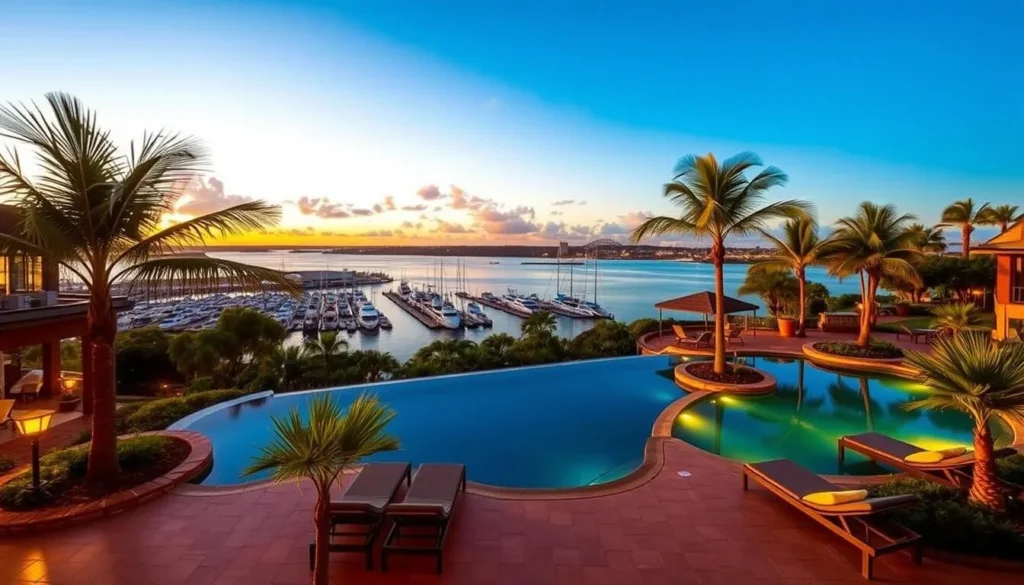
Darwin offers accommodation options to suit every budget and preference, from luxury waterfront hotels to backpacker hostels. Your choice of where to stay may be influenced by the season, as prices vary significantly between the dry and wet seasons.
Accommodation by Area
Seasonal Considerations
Dry Season (May-October)
- Book accommodation 3-6 months in advance
- Expect to pay premium rates
- All accommodation types available
- Outdoor facilities fully operational
Wet Season (November-April)
- Significant discounts available (up to 40%)
- Last-minute bookings often possible
- Some smaller establishments may close
- Ensure accommodation has good air conditioning
Dining & Local Cuisine
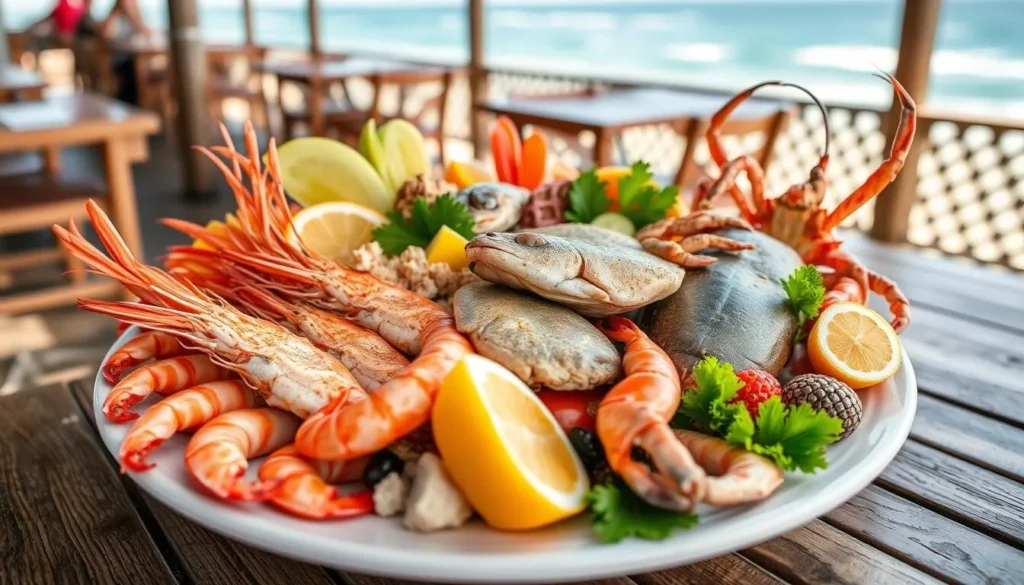
Darwin’s culinary scene reflects its multicultural population and proximity to Southeast Asia. The city offers everything from high-end restaurants to casual markets where you can sample local delicacies and international cuisine.
Must-Try Local Specialties
Dining Experiences by Season
Dry Season Dining
The perfect weather during the dry season creates ideal conditions for outdoor dining. Don’t miss:
- Mindil Beach Sunset Markets (Thursday and Sunday evenings, April-October)
- Waterfront restaurants with harbor views
- Alfresco dining in Mitchell Street
- Cullen Bay Marina’s seafood restaurants
- Parap Village Markets (Saturday mornings)
Wet Season Dining
During the wet season, indoor dining becomes more appealing. Look for:
- Air-conditioned restaurants in shopping centers
- Hotel restaurants with seasonal menus
- Rapid Creek Markets (Sunday mornings, year-round)
- Pop-up food events during festivals
- Specialty cafes serving tropical fruit smoothies and cold treats
“Darwin’s food scene is a melting pot of cultures, where Asian flavors meet outback ingredients. The tropical climate means fresh produce year-round, with each season offering its own culinary highlights.”
Attractions, Sightseeing & Activities
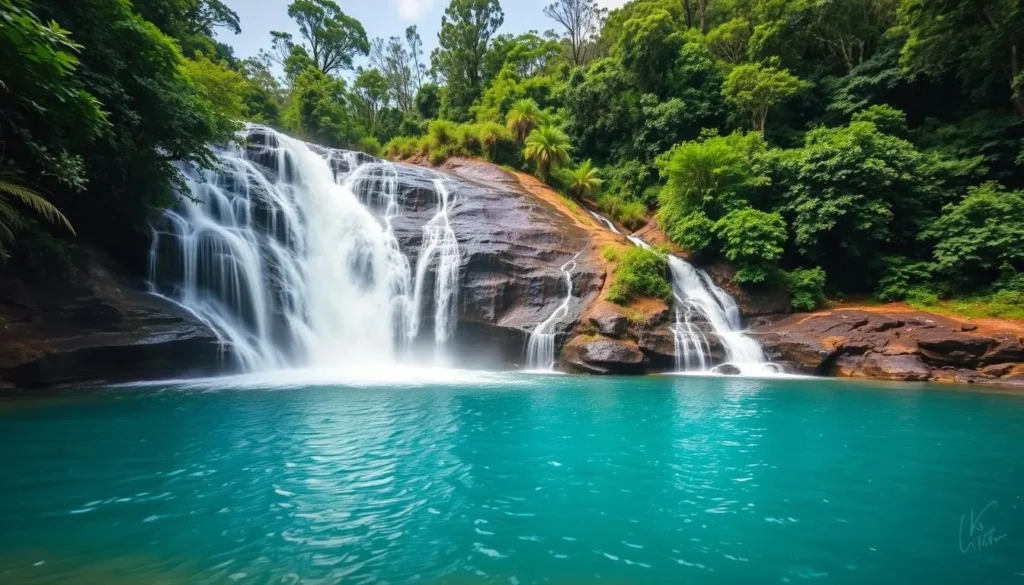
Darwin’s attractions vary significantly between the wet and dry seasons, with each offering unique experiences. Understanding the seasonal differences will help you plan activities that maximize enjoyment regardless of when you visit.
Dry Season Activities (May-October)
Wet Season Activities (November-April)
Museums, Cultural Spots & Festivals
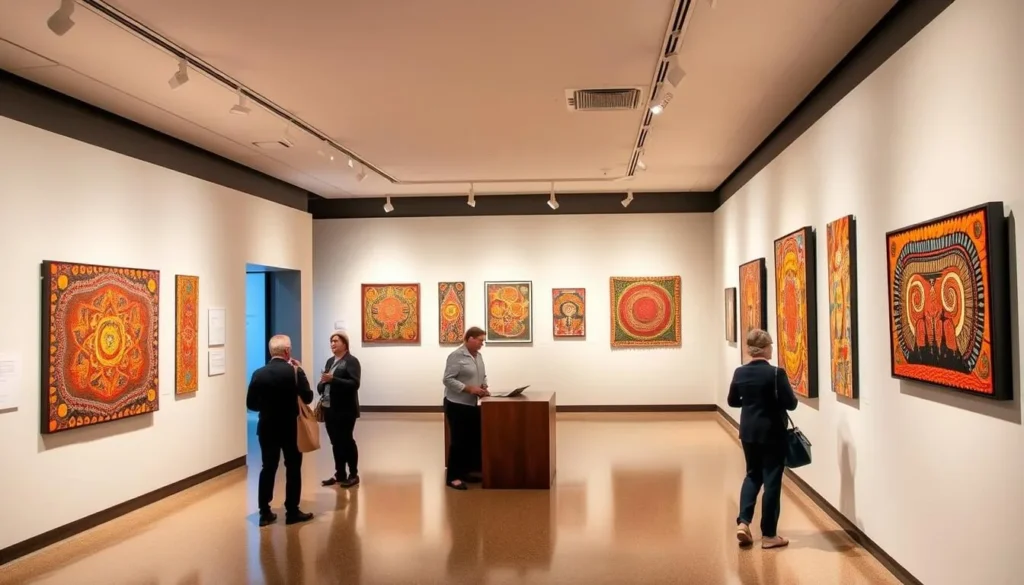
Darwin’s rich cultural tapestry reflects its Indigenous heritage, multicultural population, and unique history. Many cultural attractions are accessible year-round, making them excellent options regardless of when you visit.
Year-Round Cultural Attractions
Seasonal Festivals and Events
Dry Season Events (May-October)
- Darwin Festival (August): The city’s premier arts festival featuring music, theater, dance, and visual arts.
- Barunga Festival (June): A celebration of Indigenous sport, music, and cultural activities.
- Darwin Aboriginal Art Fair (August): Showcasing works from over 70 Indigenous art centers across Australia.
- Territory Day (July 1): The only day of the year when fireworks are legal for public use in Australia, creating spectacular displays across the city.
- Darwin Cup Carnival (July-August): A major racing and social event spanning eight days.
Wet Season Events (November-April)
- Chinese New Year (January/February): Vibrant celebrations reflecting Darwin’s strong Chinese community.
- Tropical Summer Series: A program of wet season events including art exhibitions, music performances, and cultural activities.
- Australia Day (January 26): Citizenship ceremonies and community events, often held indoors due to the weather.
- Seabreeze Festival (May): A celebration of Darwin’s coastal lifestyle, marking the transition from wet to dry season.
- Million Dollar Fish Competition (October-March): A fishing competition with tagged barramundi worth significant prize money.
Cultural Tip: When visiting Indigenous sites or attending cultural events, be respectful of traditional customs. Some areas may have restrictions on photography or access, particularly those with spiritual significance to Aboriginal communities.
Sports, Nature & Outdoor Experiences
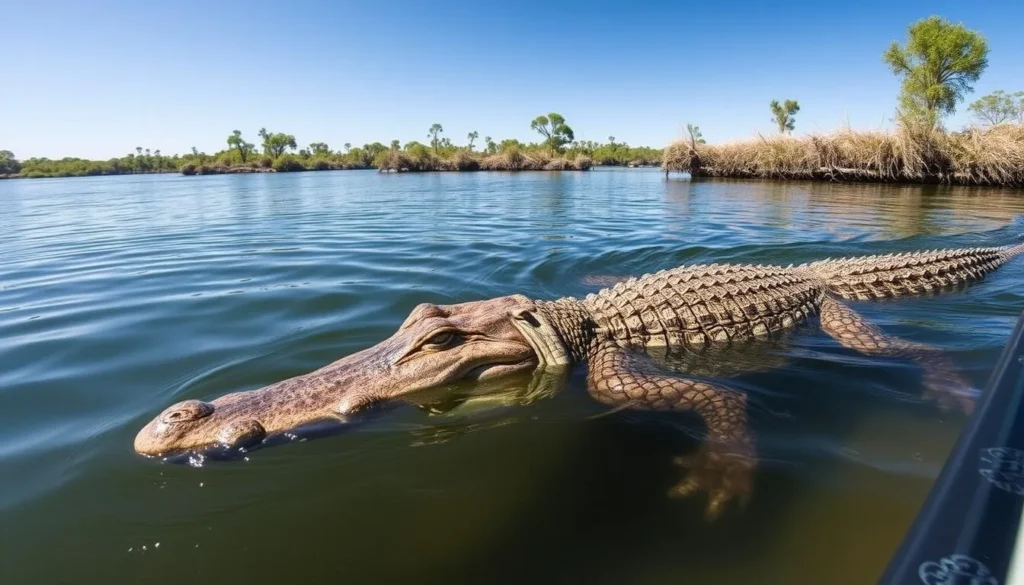
Darwin’s tropical environment offers unique outdoor experiences throughout the year, though activities vary significantly between seasons. The region’s rich biodiversity, from saltwater crocodiles to diverse bird species, provides endless opportunities for nature enthusiasts.
Weather-Dependent Outdoor Activities
Best in Dry Season (May-October)
- Hiking: Explore walking trails in Litchfield and Kakadu National Parks when temperatures are milder and paths are accessible.
- Camping: The comfortable nighttime temperatures and minimal rainfall make this the perfect season for overnight outdoor adventures.
- Fishing: The dry season offers excellent fishing conditions, particularly for barramundi in billabongs and rivers.
- Mountain Biking: Explore Darwin’s extensive network of trails without worrying about mud or sudden downpours.
- Swimming: Natural waterholes are generally crocodile-checked and safe for swimming during the dry season.
Best in Wet Season (November-April)
- Waterfall Viewing: See the region’s waterfalls at their most spectacular, particularly in January and February.
- Bird Watching: The wet season brings an abundance of bird life, with migratory species arriving and breeding activity increasing.
- Photography: Dramatic storms, lightning, and lush landscapes create unique photographic opportunities.
- Crocodile Spotting: Higher water levels mean crocodiles are more active and visible during boat tours.
- Helicopter Tours: When roads are inaccessible, aerial tours provide spectacular views of flooded landscapes and flowing waterfalls.
Year-Round Outdoor Experiences
Safety Warning: Never swim in natural waterways without checking current crocodile safety advice. The Northern Territory’s famous “Crocwise” campaign reminds visitors that crocodiles can be present in any body of water, including the ocean. Only swim in designated safe areas or man-made facilities like the Wave Lagoon.
Safety, Etiquette & Local Customs
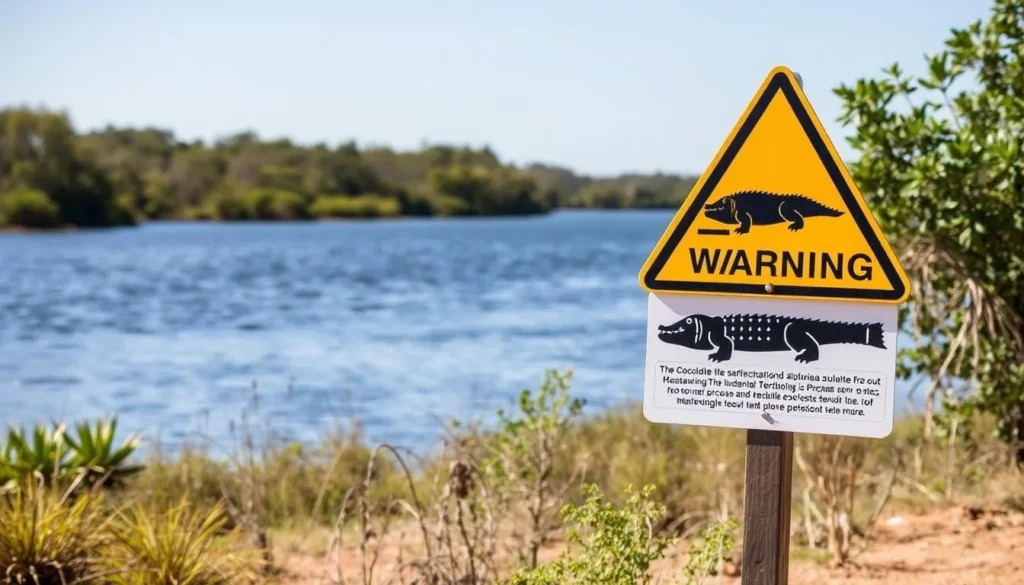
Visiting Darwin safely requires understanding both the tropical climate’s challenges and local cultural considerations. These tips will help you navigate your visit respectfully and safely, regardless of when you travel.
Weather-Related Safety
Wildlife Safety
Cultural Considerations
Local Tip: Darwin locals often schedule outdoor activities for early morning or late afternoon to avoid the midday heat. Following this pattern will make your experience more comfortable, regardless of the season.
Practical Travel Tips
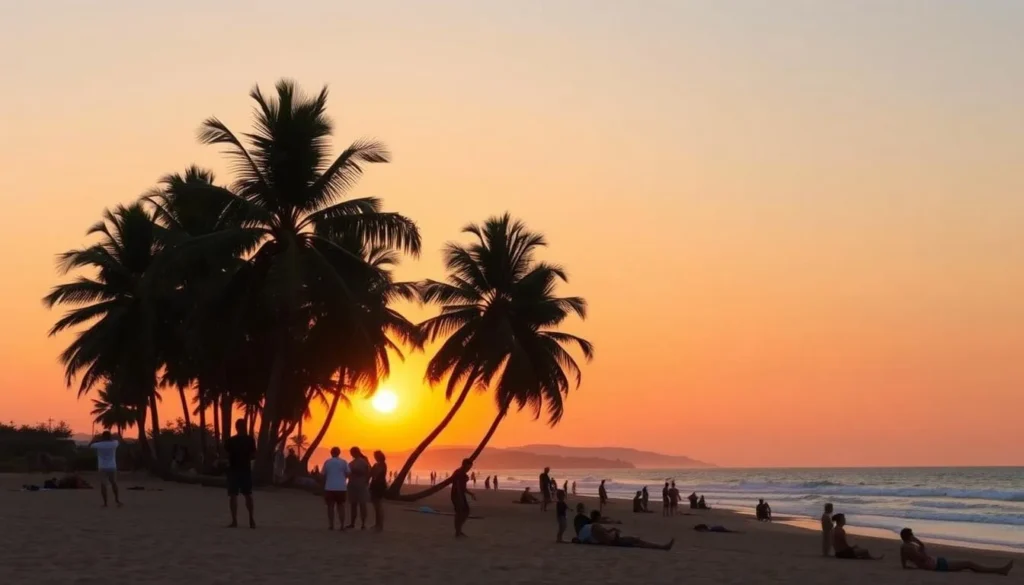
These practical tips will help you make the most of your Darwin trip, regardless of when you visit. Advance planning and local knowledge can significantly enhance your experience in this unique tropical destination.
Packing Essentials by Season
Dry Season Packing (May-October)
- Lightweight, breathable clothing
- Light jacket or sweater for evenings
- Comfortable walking shoes
- Wide-brimmed hat and sunglasses
- High-SPF sunscreen
- Insect repellent
- Reusable water bottle
- Swimwear
Wet Season Packing (November-April)
- Quick-dry, lightweight clothing
- Waterproof jacket or poncho
- Waterproof footwear
- Wide-brimmed hat and sunglasses
- High-SPF sunscreen
- Strong insect repellent
- Reusable water bottle
- Swimwear
- Portable fan or cooling towel
Money-Saving Tips
Communication and Connectivity
Is it worth visiting Darwin during the wet season?
Absolutely! The wet season offers unique experiences like lush landscapes, flowing waterfalls, and dramatic storms. While some attractions may be inaccessible, you’ll benefit from fewer tourists and lower prices. Just be prepared for the humidity and plan indoor activities for the hottest part of the day.
How many days should I spend in Darwin?
A minimum of 3-4 days is recommended to explore Darwin city itself. Add 2-3 additional days for each national park you wish to visit (Litchfield, Kakadu). During the dry season, a full week allows you to experience the city and its surrounding natural attractions without rushing.
Can I swim at Darwin beaches?
Ocean swimming in Darwin is complicated by two factors: saltwater crocodiles (year-round) and marine stingers (October-May). For safe swimming, use the Recreation Lagoon or Wave Lagoon at the Darwin Waterfront, or visit monitored natural swimming holes in Litchfield National Park during the dry season.
Ready for Your Darwin Adventure?
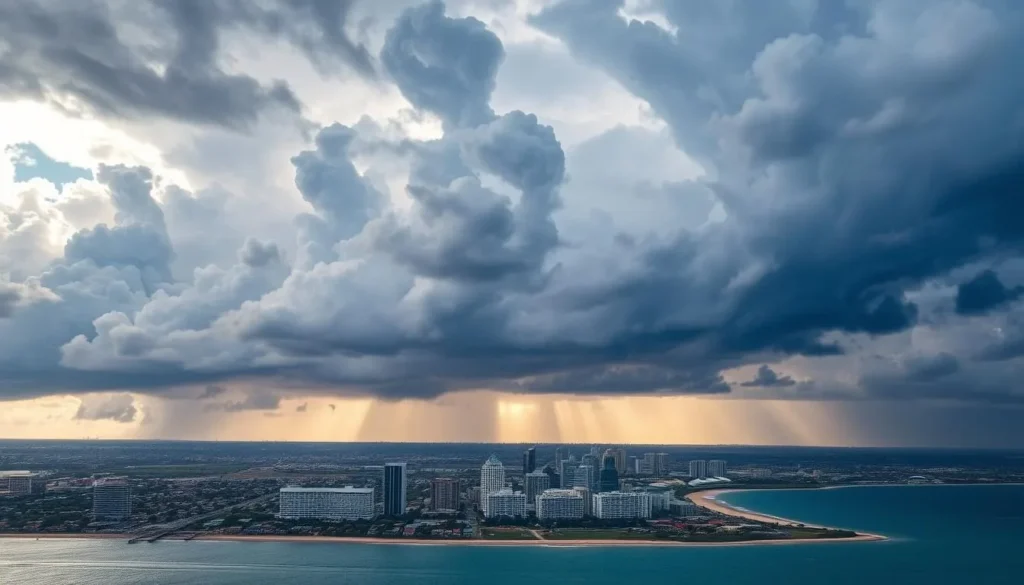
Darwin offers a truly unique Australian experience that changes dramatically with the seasons. Whether you choose the comfortable, activity-filled dry season or the dramatic, lush landscapes of the wet season, understanding Darwin’s weather patterns is key to planning a successful trip. The perfect time to visit depends on your preferences—wildlife enthusiasts might prefer the concentrated waterholes of the late dry season, while photographers might brave the humidity for spectacular storm displays and vibrant landscapes during the wet.
With proper preparation for Darwin’s tropical climate, you’ll discover a destination rich in natural beauty, cultural experiences, and outdoor adventures. From the ancient landscapes of Kakadu to the relaxed waterfront dining of Darwin Harbor, the Top End offers unforgettable experiences in every season. So check the weather forecast, pack accordingly, and prepare for an Australian adventure unlike any other in this remarkable corner of the Northern Territory.
